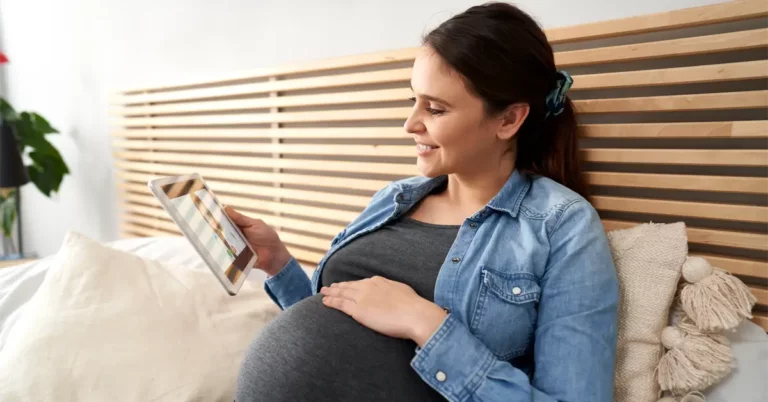The Centers for Medicare and Medicaid Services (CMS) released the final rule for the 2022 Physician Fee Schedule (PFS)[1] on its new Remote Therapeutic Monitoring (RTM) codes, officially titled “Remote Therapeutic Monitoring/Treatment Management”. There are five new RTM codes that will all go into effect on January 1, 2022.
Backed by the American Physical Therapy Association (APTA), PTs can now bill five remote therapeutic monitoring (RTM) codes related to the cost, set-up, and monitoring of devices that measure patient therapy adherence and therapy response. The APTA now provides a practice advisory to assist you in implementing those codes.
The new RTM codes expand the use cases for Medicare coverage of remote monitoring beyond the existing Remote Patient Monitoring (RPM) codes, and are one of the most recent breakthroughs in digital health reimbursement. Stakeholders have suggested that the new RTM coding was created to allow practitioners who cannot bill RPM codes, to furnish and bill for services that are similar to those described by the RPM codes.
What are the five RTM Codes?
The new RTM codes included in the 2022 PFS are as follows:
CPT code 98975
Remote therapeutic monitoring (e.g., respiratory system status, musculoskeletal system status, therapy adherence, therapy response); initial set-up and patient education on use of equipment
Code 98975 is only allowed to be billed once each episode of care. An episode of care begins when the remote therapeutic monitoring service is activated and concludes when the specific treatment goals are met.
CPT code 98976
Remote therapeutic monitoring (e.g., respiratory system status, musculoskeletal system status, therapy adherence, therapy response); device(s) supply with scheduled (e.g., daily) recording(s) and/or programmed alert(s) transmission to monitor respiratory system, every 30 days
CPT code 98977
Remote therapeutic monitoring (e.g. respiratory system status, musculoskeletal system status, therapy adherence, therapy response); device(s) supply with scheduled (e.g. daily) recording(s) and/or programmed alert(s) transmission to monitor musculoskeletal system, every 30 days
*Codes 98976 and 98977 can be billed only once per 30 days.
CPT code 98980
Remote therapeutic monitoring treatment, physician/other qualified health care professional time in a calendar month requiring at least one interactive communication with the patient/caregiver during the calendar month; first 20 minutes
CPT code 98980 requires at least 20 minutes of time per month dedicated to remote therapeutic monitoring and management of the patient. During the month, this period must also contain at least one interactive communication with the patient/caregiver (e.g., via phone or video).
CPT code 98981
Remote therapeutic monitoring treatment, physician/other qualified health care professional time in a calendar month requiring at least one interactive communication with the patient/caregiver during the calendar month; each additional 20 minutes
Other key takeaways
- RTM is intended for patient management through the use of medical devices that collect non-physiological data. Under the new RTM codes, data on indicators such as therapy/medication adherence, therapy/medication response, and pain level can be gathered and billed. CMS acknowledges “therapeutic” data, not simply “physiologic” data, as an essential category of patient information that can be examined remotely under these codes. RPM codes, on the other hand, can only be applied in conjunction with tracking physiologic data (e.g., heart rate, blood pressure, and blood sugar levels).
- 98976 is exclusively for monitoring the respiratory system, whereas 98977 is only for monitoring the musculoskeletal system. Other systems are not covered by the current RTM device supply codes (e.g., neurological, vascular, endocrine, digestive, etc.).
- RTM can be billed as general medicine services by physicians and other qualified health providers. Physical therapists (PT), occupational therapists (OT), speech-language pathologists, physician assistants, nurse practitioners, and clinical social workers may be eligible for RTM codes. According to the final rule, physiatrists, nurse practitioners, and physical therapists will be the primary billers of RTM codes.
- The use of a medical device, as defined by the federal Food, Drug, and Cosmetics Act, is required for RTM (i.e., not merely a wellness device).
- RTM data can be self-reported by the patient or uploaded digitally via the device. While RTM codes still require that the equipment used fulfill the FDA’s definition of a medical device, CMS says that self-reported RTM data via a smartphone app or online platform classed as Software as a Medical Device (SaMD)[2] may qualify for payment.
RTM services are similar in structure and nature to RPM services although there are some key differences. To know more about RPM and RTM services, contact DrKumo Inc.
References:
- Physician Fee Schedule | CMS. (2021, December 1). Physician Fee Schedule | CMS. https://public-inspection.federalregister.gov/2021-23972.pdf.
- Examples Of FDA-Regulated Device Software Functions. (2019, September 26). U.S. Food and Drug Administration. https://www.fda.gov/medical-devices/device-software-functions-including-mobile-medical-applications/examples-device-software-functions-fda-regulates.








